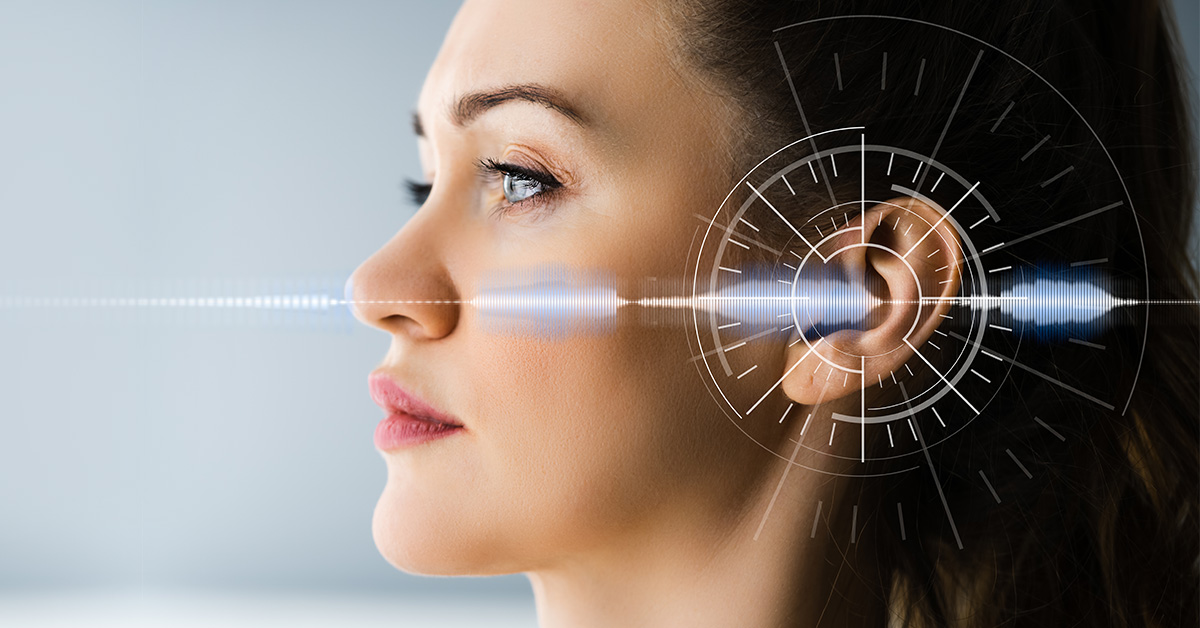Psychoacoustics in Podcasting: The Secret Science Behind Sound That Hooks Your Brain

 Aug 28, 2025
Aug 28, 2025
 Podcast
Podcast
When we think about what makes a podcast unforgettable, we often focus on content quality, guest selection, or marketing strategies. But there's a hidden element that deeply influences how listeners perceive and engage with audio content: psychoacoustics. This fascinating field explores how our brain interprets sound, going far beyond what our ears physically hear. For podcasters who want to stand out, understanding psychoacoustics — and even leveraging auditory illusions — can be a game changer.
What Is Psychoacoustics?
Psychoacoustics is the study of how humans perceive sound. It explores how the brain interprets various sound signals and transforms them into meaningful experiences. While audio engineers and music producers have used these principles for decades, they are still relatively unknown among podcasters. Yet, they hold the key to creating more immersive and emotionally impactful episodes.
For example, have you ever felt chills during a gripping narrative or sensed that a host was "right next to you"? That’s not just good storytelling — it's psychoacoustics at work. By strategically using sound placement, volume variations, and other subtle audio tricks, podcasters can influence emotions and hold listeners’ attention more powerfully.
The Magic Of Auditory Illusions
Auditory illusions are another intriguing aspect of psychoacoustics. Similar to optical illusions, auditory illusions trick the brain into hearing something that isn’t physically there. These illusions can create a sense of space, direction, or movement, even when using standard headphones or speakers.
One popular example is the "Shepard tone," an auditory illusion that sounds like a never-ending rising or falling pitch. While it’s often used in film and gaming to create tension, podcasters can also incorporate such effects to build suspense during true crime stories or cliff-hanger moments.
Another example is binaural audio, which simulates 3D sound environments. By recording with two microphones placed to mimic human ear spacing, podcasters can make listeners feel as if they’re inside the scene. Imagine listening to an adventure podcast where footsteps move behind you or whispers come from the side — that's the power of auditory illusions.
Emotional Impact And Connection
A big part of podcast success relies on creating a personal connection with the audience. Psychoacoustics can help podcasters achieve this by crafting a more intimate listening experience. Simple changes like adding slight reverberation to create a sense of space or using dynamic range to emphasize emotional highs and lows can drastically change how a story feels.
Moreover, using auditory illusions to simulate closeness can make listeners feel as though they are in the same room as the host. This intimacy builds trust and loyalty, encouraging listeners to return for future episodes.
Practical Tips For Podcasters
Embracing psychoacoustics and auditory illusions doesn’t mean you need a high-budget recording studio or complex equipment. Here are a few practical tips to get started:
- Experiment with spatial audio: Use panning and volume automation to move sound elements around, making stories feel more dynamic and alive.
- Play with silence and dynamics: Strategic pauses or shifts in loudness can create tension and highlight key points.
- Explore binaural recording techniques: Try using binaural mics for certain segments to add a 3D element to your episodes.
- Use layers of sound: Combine background soundscapes with foreground narration to transport listeners into a different world.
Looking Forward
As podcasting continues to evolve, the use of psychoacoustics and auditory illusions will likely become more mainstream. Creators who start experimenting now can position themselves ahead of the curve, delivering richer and more memorable experiences to their audiences.
By diving into the science of how we perceive sound, you can move beyond simply "talking into a mic" and start creating true audio journeys. Whether you're producing a dramatic fiction series, an investigative documentary, or even a casual interview show, psychoacoustics offers a toolkit to make your content stand out.
Final Thoughts
In a crowded podcast landscape, engaging listeners is more challenging than ever. Leveraging psychoacoustics and auditory illusions isn’t just about sounding fancy — it’s about creating a deeper, more meaningful connection with your audience. By understanding how the brain responds to sound, you can craft episodes that don’t just inform but truly resonate.
So next time you hit record, think beyond words. Think about how you can use sound to tell a story your audience won’t just hear — but feel.
